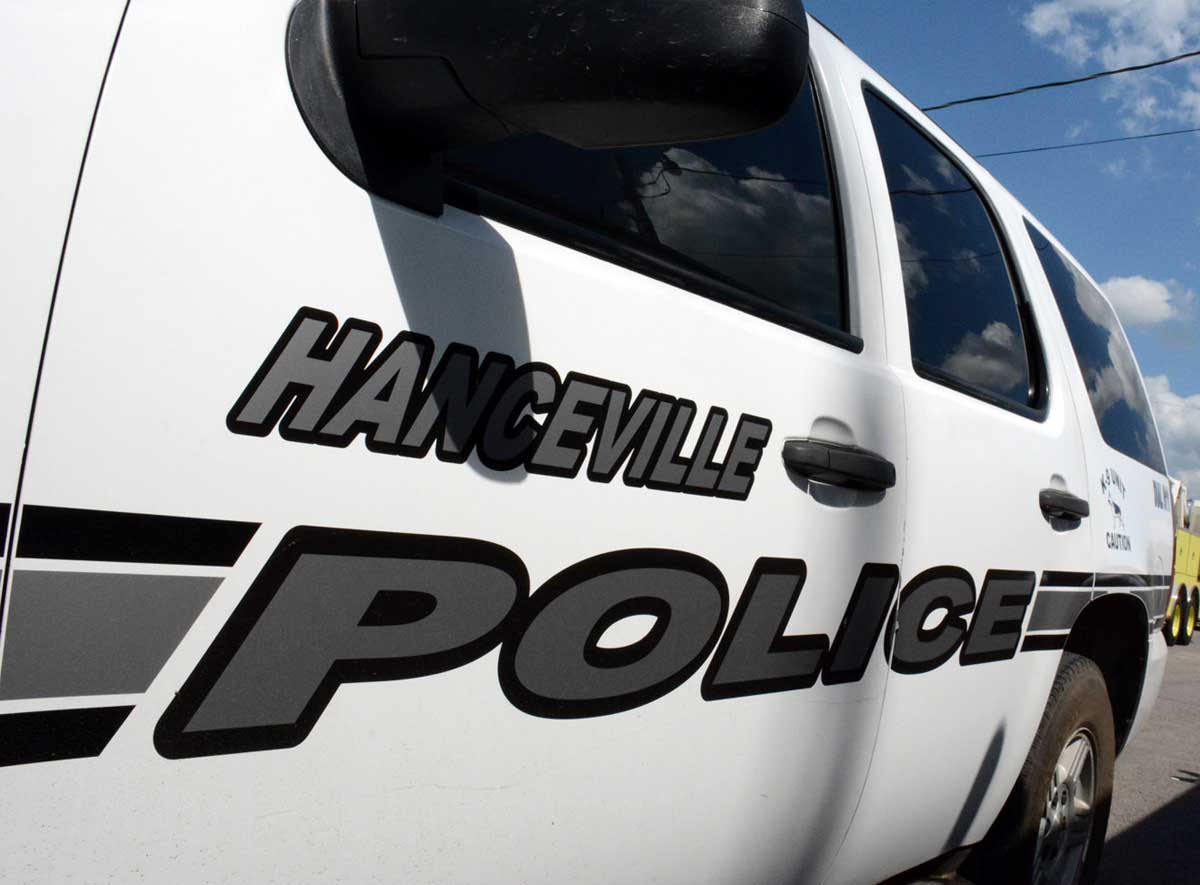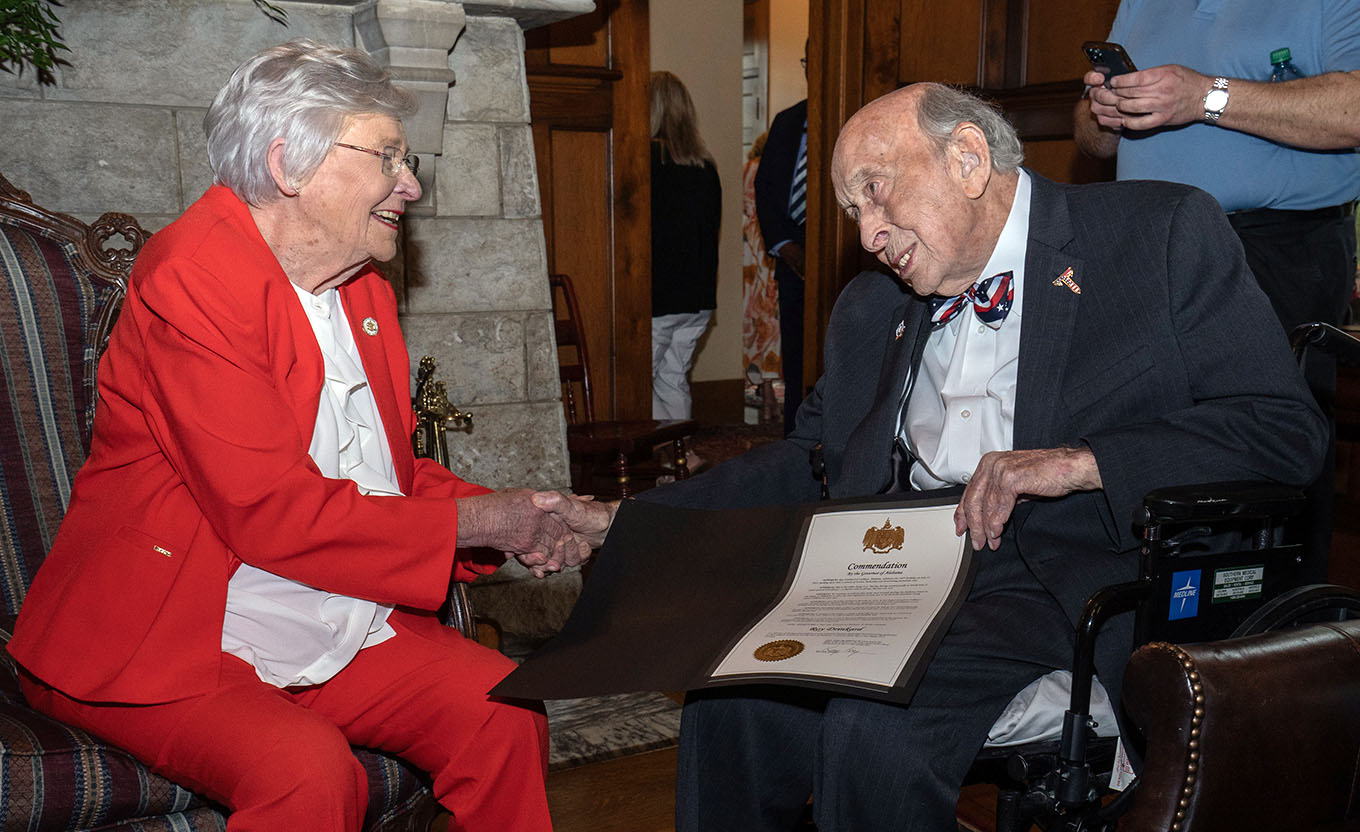Bridge overhaul taking shape
Published 12:00 pm Thursday, November 18, 2010
The Clarkson Covered Bridge is one step closer to a complete overhaul following the latest agreement between Cullman County and the state transportation department in planning a long-awaited teardown-and-rebuilding effort meant to bring the bridge back to its historic state of preservation.
Trending
On any trip to the bridge, one can sign and read the guestbook, an easy-to-spot feature under the eaves of the dogtrot cabin that sits catty-cornered from the bridge itself. A flip or two of the guestbook’s pages is all it takes to realize the drawing power of this 106-year-old landmark.
In-state visitors; out-of-staters — the list is long and varied.
The buzz of activity at the park is at its height from spring through autumn, but even in the winter months, the bridge draws visitors willing to brave the cold for the opportunity to walk the 270-foot span of one of the few remaining covered bridges — and one of the longest — in the South.
Aside from being a magnet for warm-weather locals, the bridge attracts attention all year from those whose only opportunity to see it comes as they’re passing through.
Perhaps it’s not surprising that the bridge serves as a locus for hobbies like geocaching and letterboxing — pastimes that rely as much on a sense of place as on the GPS units that guide enthusiasts to their hidden treasure — because the bridge is situated in a place where people have historically not merely wanted, but needed, to be.
Crooked Creek, spanned by the bridge, was a crucial topographic challenge during Civil War skirmishes fought in the area in 1863. Forty years later, demand among area farmers for access to both sides of the creek had grown enough to justify the building of the bridge.
Trending
Erected for $1,500 in a construction style unique even for its time, the bridge was originally called the Legg bridge, named after the landowner on whose property it was built. Using a system of plank latticework attached periodically to horizontal outside pieces, the bridge was an innovation in load-bearing timber construction.
That innovation presents new challenges for the Cullman County Parks Department, which in 2010 is in the planning and design stages of a major renovation that will essentially dismantle and reassemble the entire structure. The grant-funded project, which will cost more than half a million dollars, isn’t the first restoration for the venerable landmark, which has been resurrected more than once in its first century of existence.
The county literally put the bridge back together again after it was snapped in half during a 1921 storm. Salvaging a massive section of the bridge, which had washed downstream in the swell of Crooked Creek, locals and construction laborers managed to use much of the bridge’s original material in the repair effort. A 1975 restoration, which added period features such as the dogtrot cabin and a working grist mill, was commissioned as a part of the American Bicentennial Project.
The county must ensure that the finished work remains faithful to the period in which it was built — a mission that may mean significant visual changes for those accustomed to its current look.
County Commission chairman James Graves says the restoration will “amaze” visitors when it is complete.
“The bridge will amaze you if you see it for the first time in a long time when this work is done,” said Graves. “The restoration that’s happening is really going to open a lot of eyes and, more importantly, it’s going to let people here and from far away come and enjoy one of Cullman County’s most enduring landmarks far into the future, which is what we are all most excited about.”
* Benjamin Bullard can be reached by e-mail at bbullard@cullmantimes.com or by telephone at 734-2131 ext. 270.





